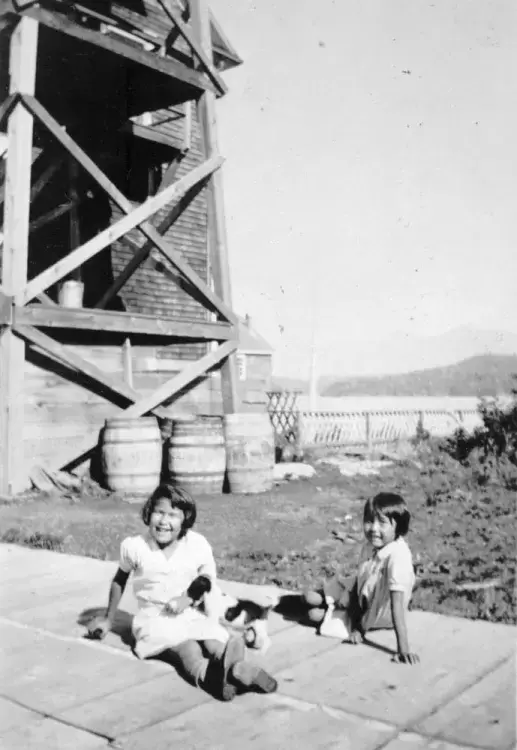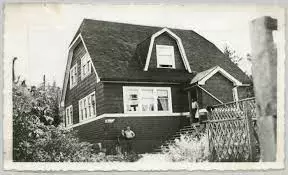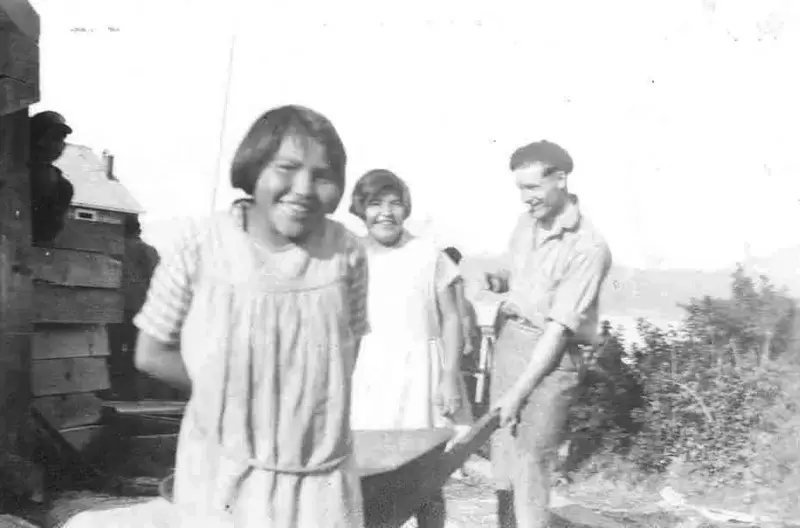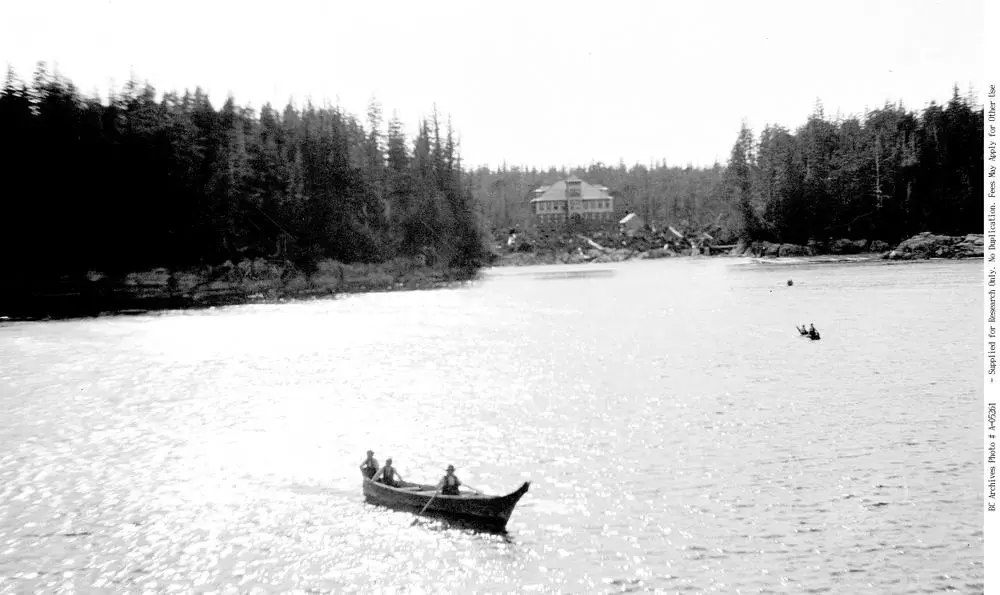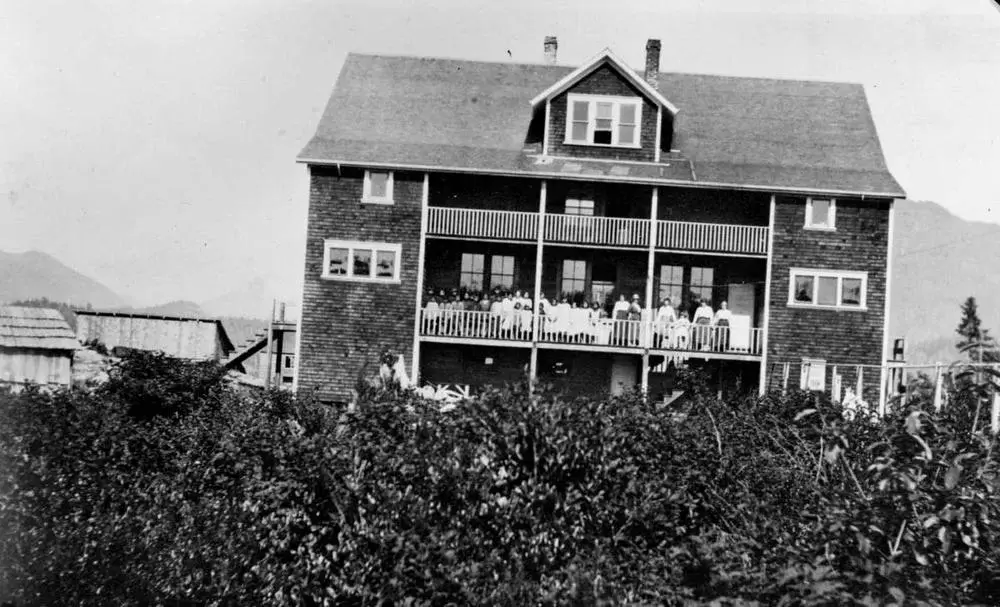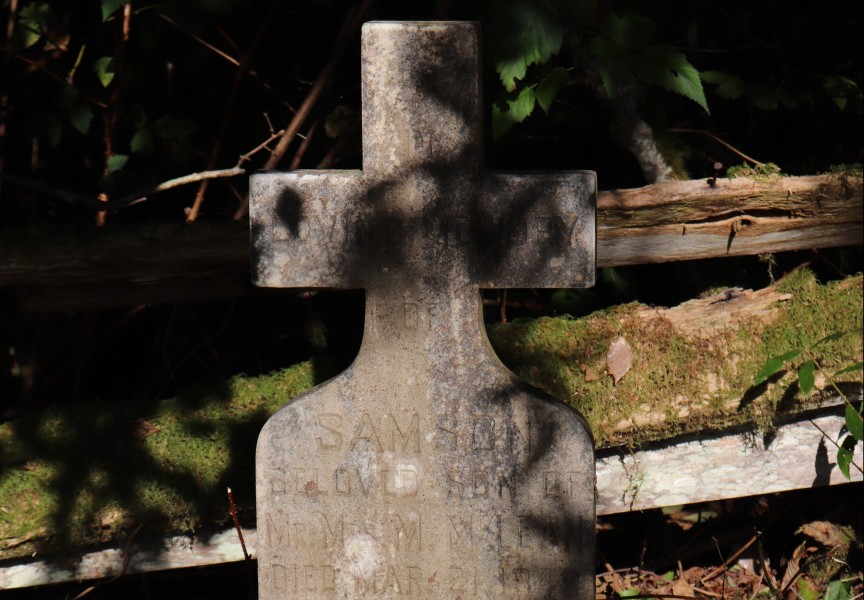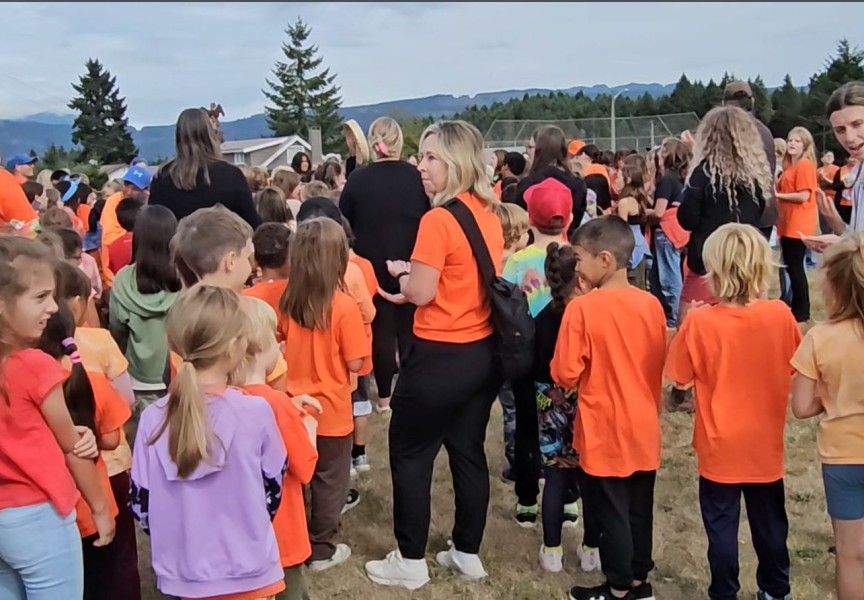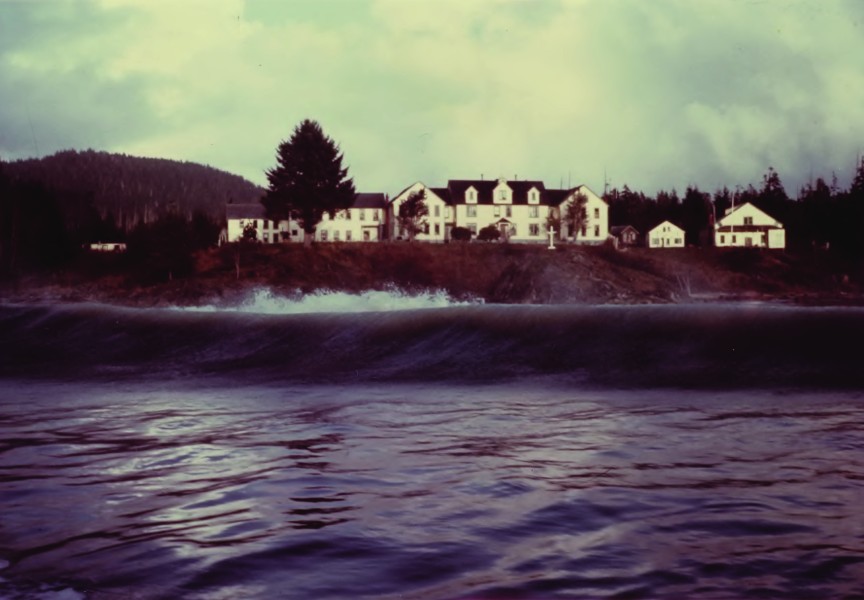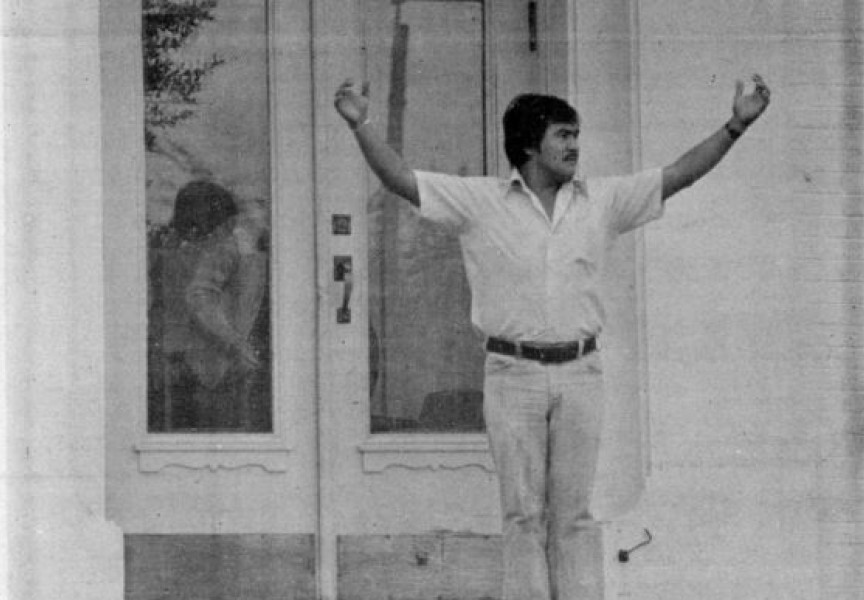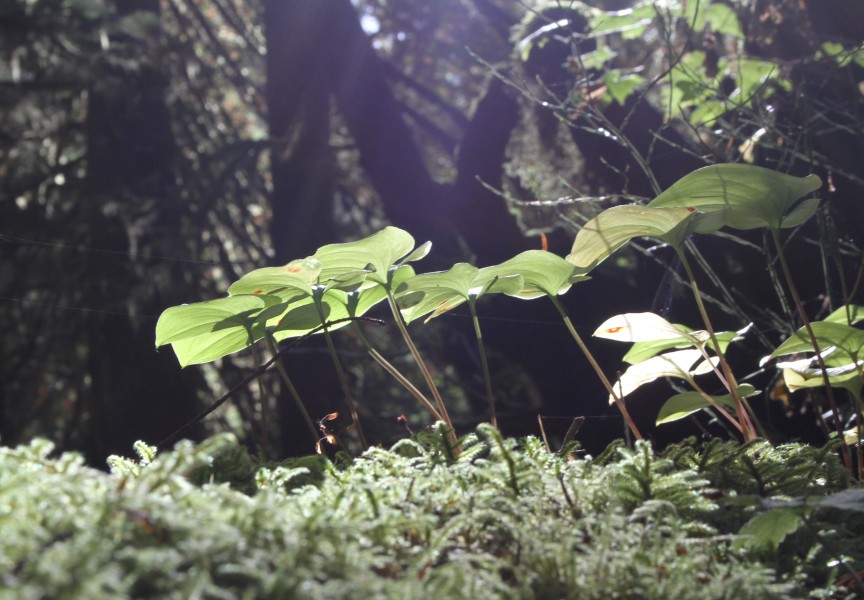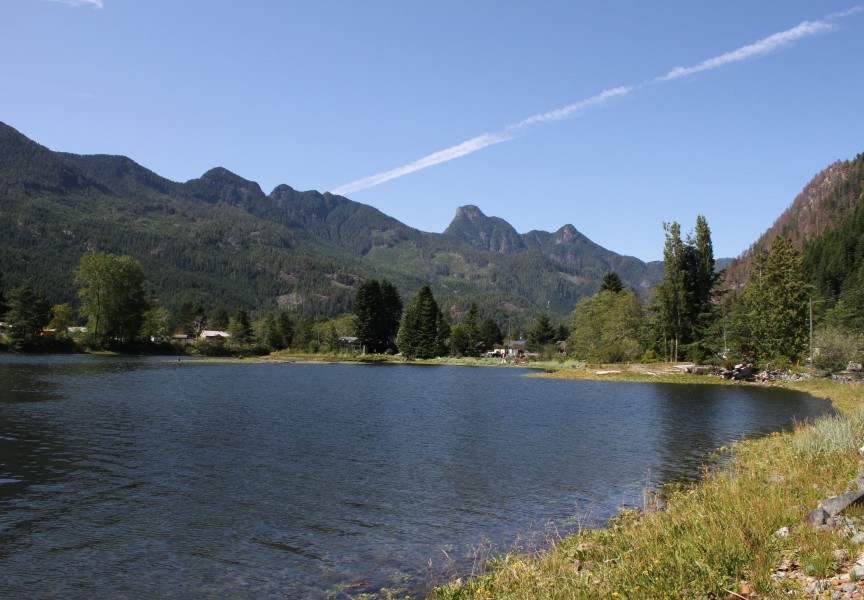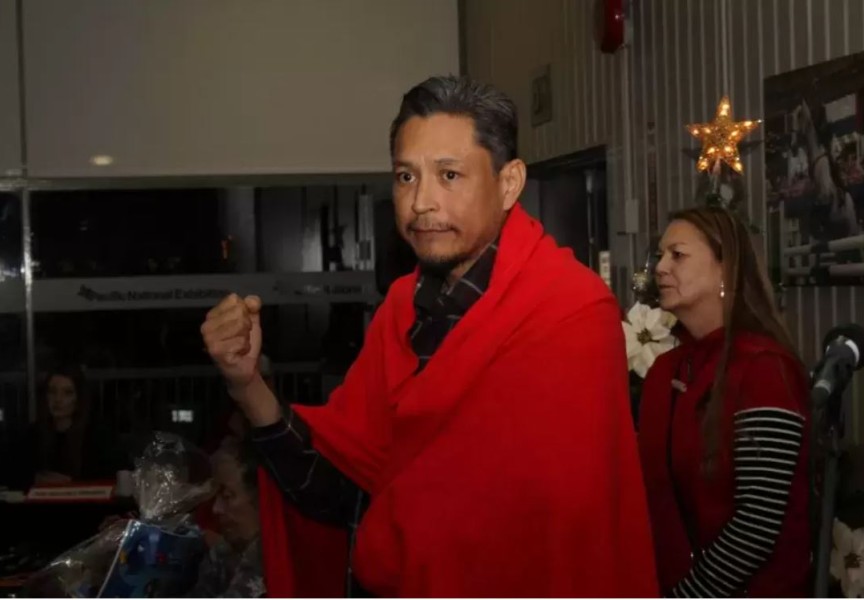The grounds of the former Ahousaht Indian Residential School are now cleared of all buildings as the first nation begins prepping the site for a new healing center. But in the wake of news of hundreds of undocumented remains found at the former Kamloops residential school site, the nation will have the grounds searched for any unmarked graves.
In a media statement issued June 3, Ahousaht Chief Councillor Greg Louie noted that there were two separate residential schools operating in Ahousaht territories. One, the Ahousaht Indian Residential School, was on Flores Island, just a short walk from Ahousaht’s main village, Maaqtusiis.
The second was the Catholic-run Christie Indian Residential School, located on Meares Island for about 70 years, before it was relocated to Tin Wis for its last decade of operation.
Run by the Presbyterian Church, the Ahousaht Indian Residential School first opened in 1895 on a plot of land just south of the main village. The building and teachers’ quarters could be seen above a small beach as one traveled by boat to the village.
The original three-story residential school, built in 1904, housed 50 children. It burnt down in 1916. A day school operated for a few years until a new building could be constructed. Ahousaht boys built the second building as part of their education.
The second building was smaller, designed to house 25 children. It too, burned down in 1940.
After the fire, the Ahousaht children were sent home, about a five-minute walk to the village. The children from Kelsmaht, Ehattesaht and Yuułuʔiłʔatḥ were also sent home.
Ahousaht non-Catholic children were required to attend a day school in a building on the residential school grounds that hadn’t been damaged by the fire. They remained there until the new day school buildings were completed in the village.
According to United Church of Canada’s archives, which includes letters and school records kept by principals and Indian agents, there were documented student deaths at the school. It is noted that many children in poor health were sent home.
“…in 1907, the death of student Will Maquinna, son of hereditary chief Billy, precipitated a major crisis,” states the UCC website, The Children Remembered.
Chief Billy, a high-ranking Ahousaht Ha’wilth, was angry that his son died in the school and pressed for corrective measures from the school.
According to the UCC, community leaders petitioned to have the staff replaced and parents pulled their children from the residence.
“Billy was angry with the school not just because his son had died on their watch, but because of the way Will’s death had been handled,” states a report written by a school inspector.
The inspector wrote further that Chief Billy wanted the situation corrected according to Nuu-chah-nulth protocol.
“Billy asked Principal J.L. Millar to give him 50 blankets to potlatch, but Millar refused. Instead he paid for the two blankets used to bury the boy,” wrote the inspector.
The UCC states that records show that from 1904 to 1916, deaths among students at Ahousaht IRS averaged one to two a year, from a typical school population of 35. They note that children were generally in poor health, in large part, due to the crowded and unsanitary conditions at the residence.
There was no indoor plumbing, the building was cold, the water was not clean and the children slept together in dormitories. Even the staff got sick.
“…children died while at these schools and the parents were not told the reasoning for the death of their child. Other stories share that babies were born to children at the school and the babies were not seen after birth,” said Louie in a statement.
Ahousaht is not only calling on the federal government to fully implement the Truth and Reconciliation Commission’s 94 Calls to Action, but also the UN’s Declaration on the Rights of Indigenous Peoples.
Further, Ahousaht is calling on both the federal and provincial governments to provide the resources to not only Ahousaht, but all First Nations, so that they can conduct searches using ground penetrating radar, in areas where residential schools were located. In the case of remains being found, Ahousaht demands that the governments provide resources to identify and return remains home, where possible.
Ahousaht is in the process of developing the land where Ahousaht IRS once stood. They could not be reached for details about the search of the property or the construction of the new healing facility that will be built there.
On Meares Island, where Christie Indian Residential School once stood, the property has been transformed into a camping and hiking destination. It also serves as a healing retreat for Ahousaht.
There is a small cemetery at the Christie site, a remnant of the residential school.



